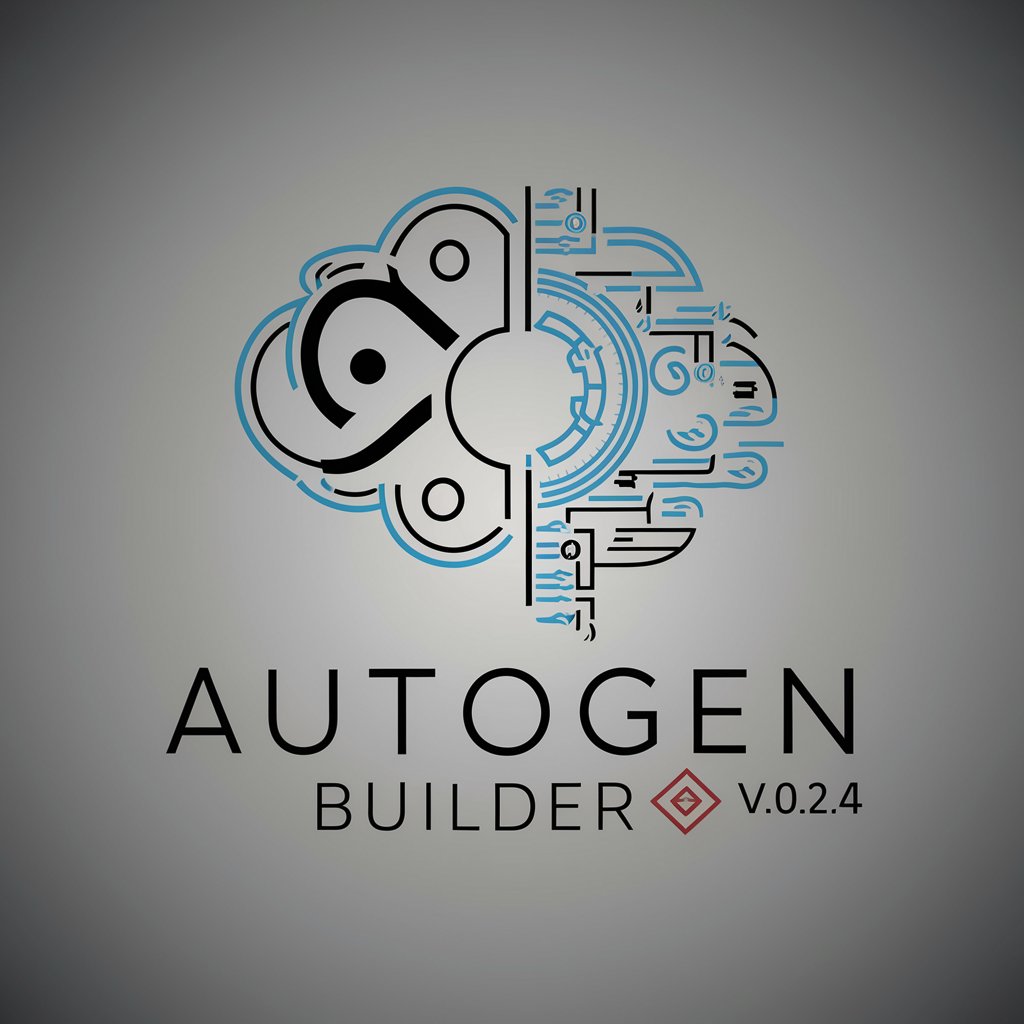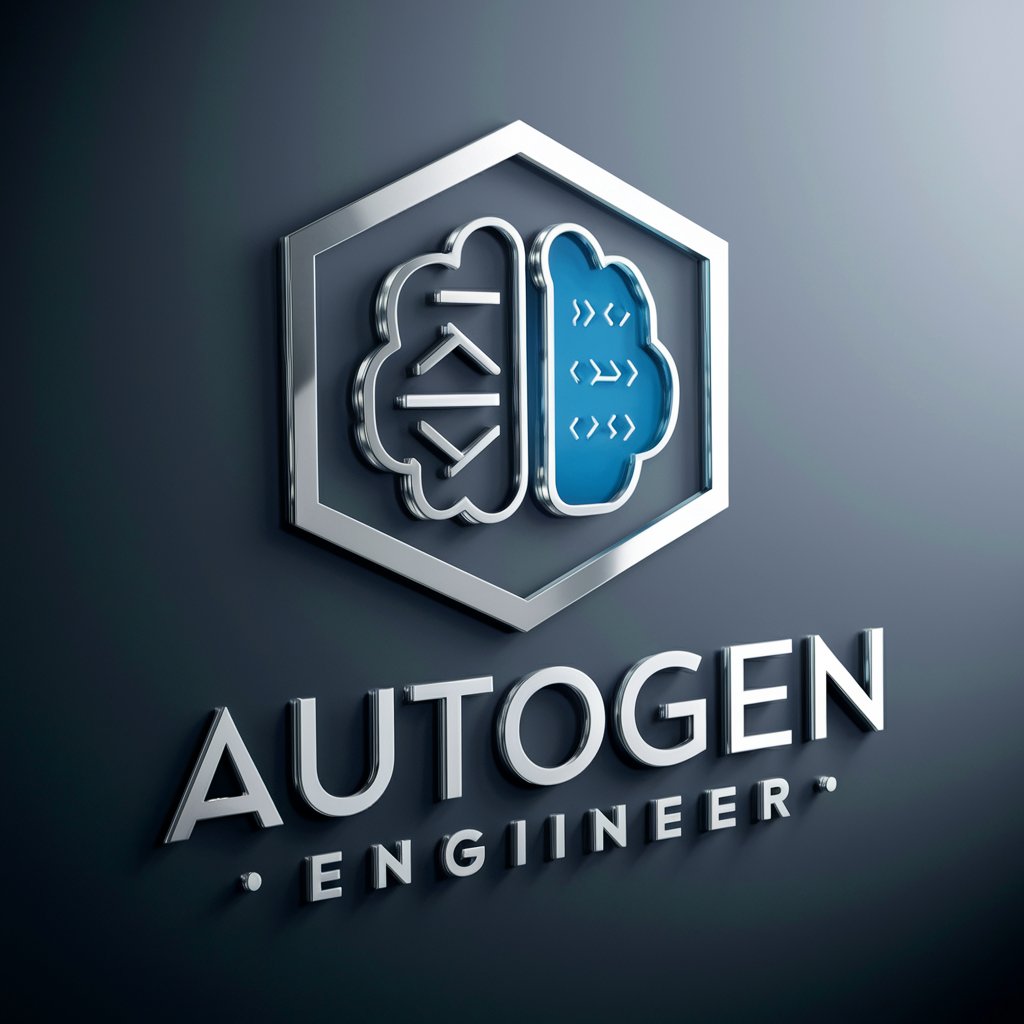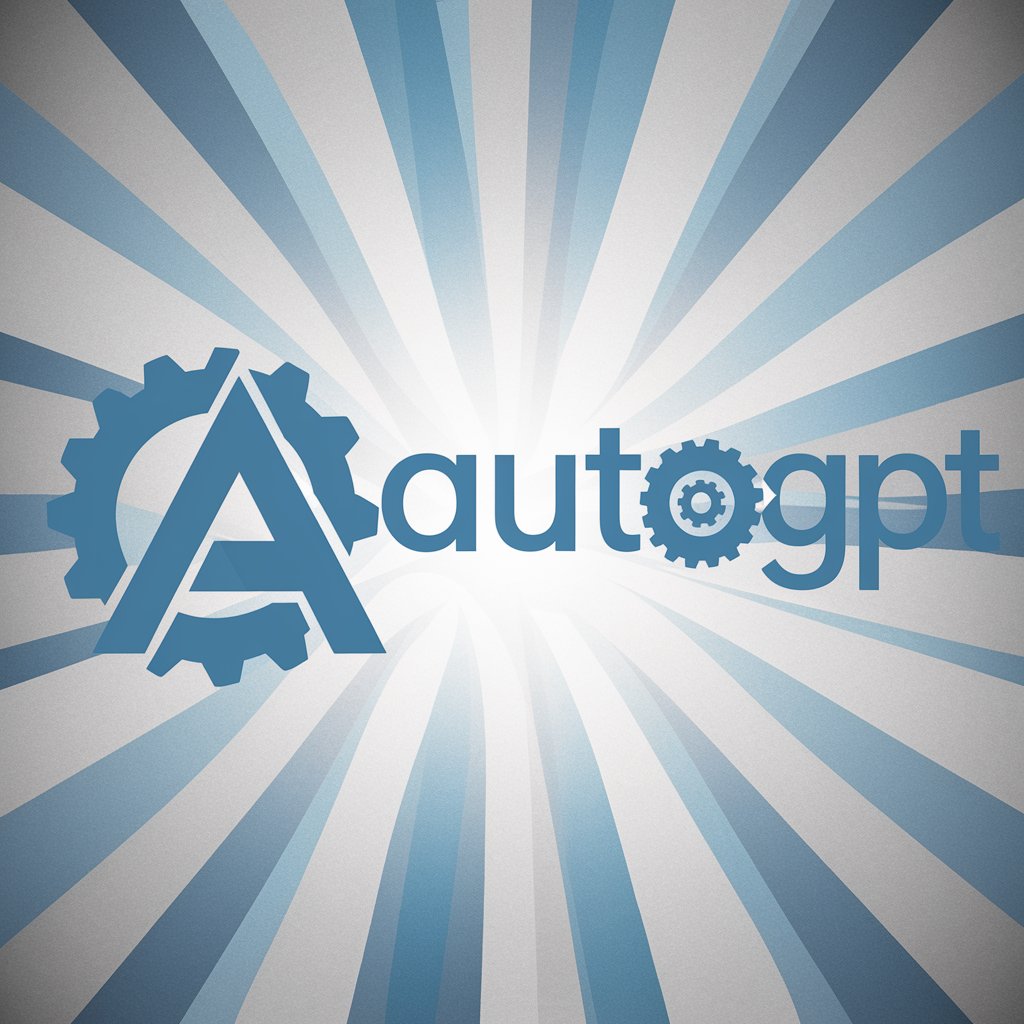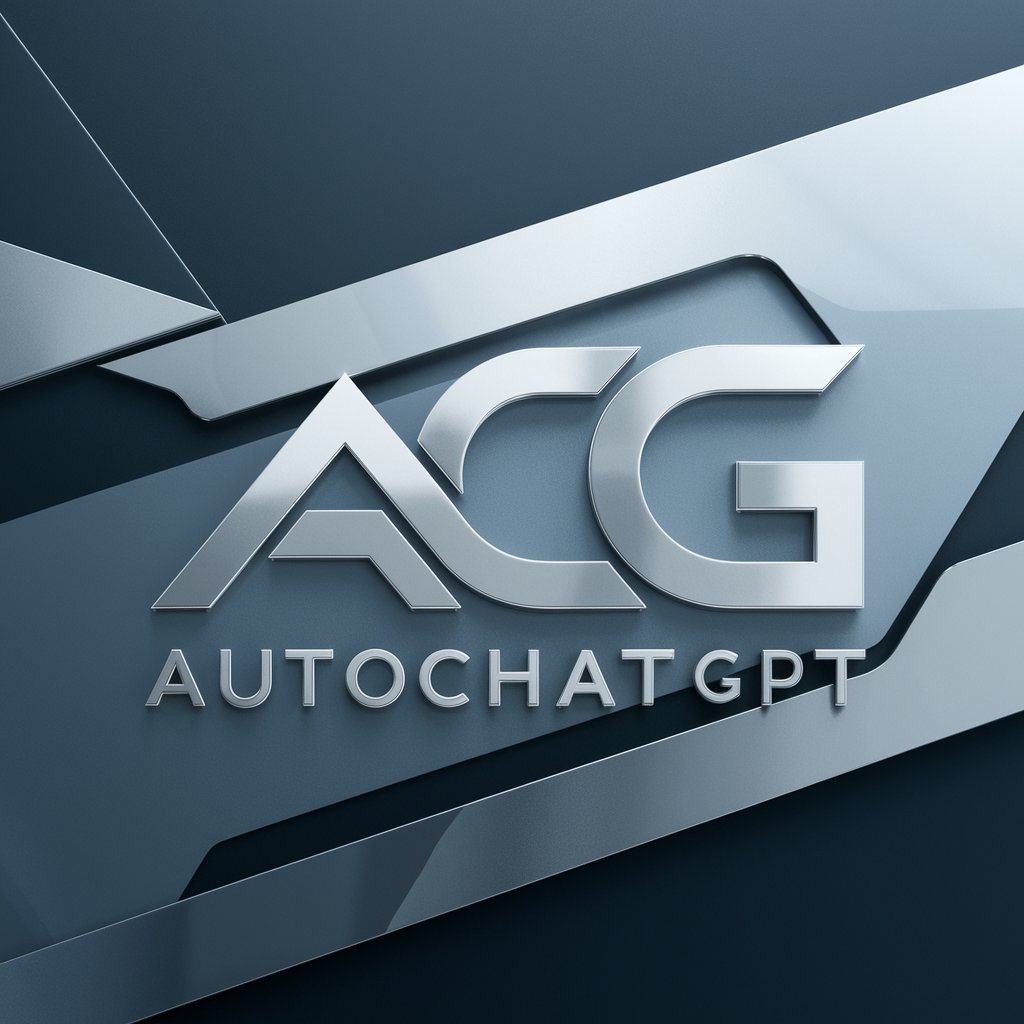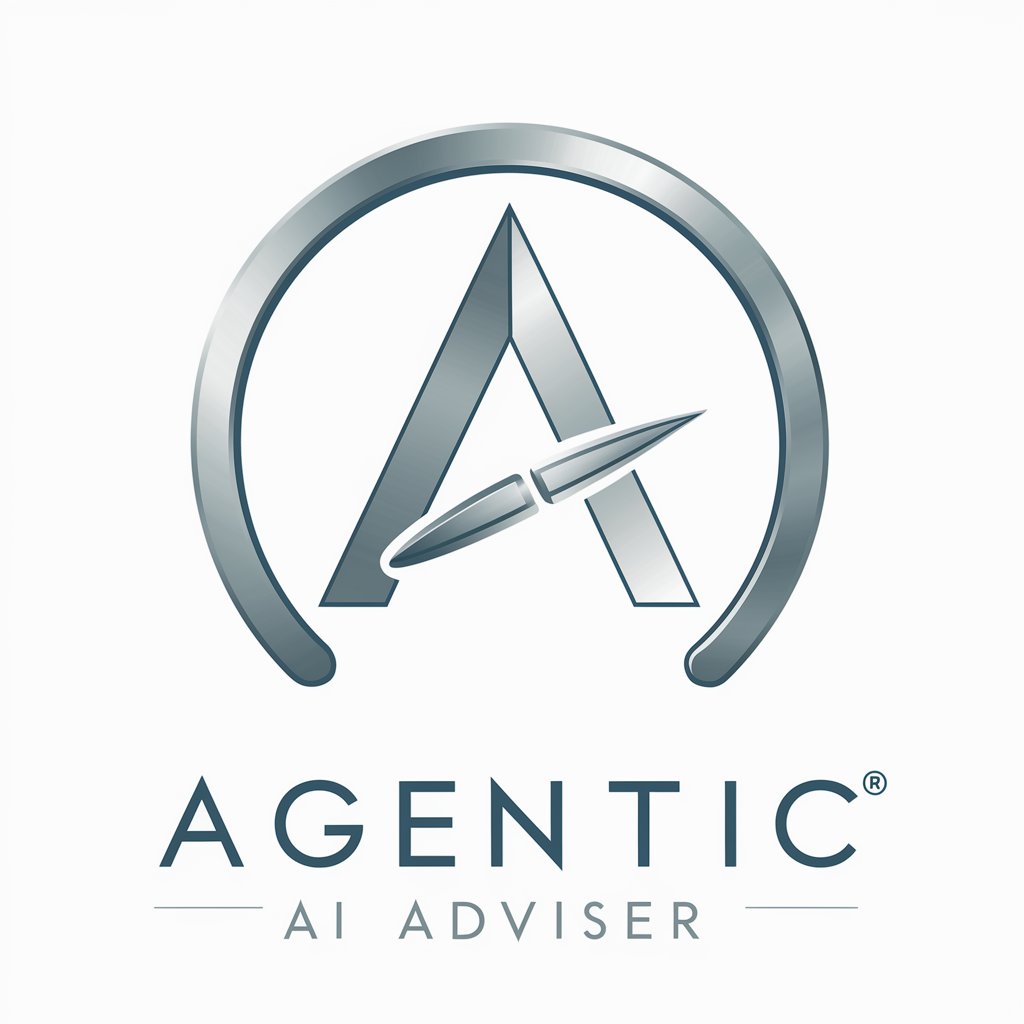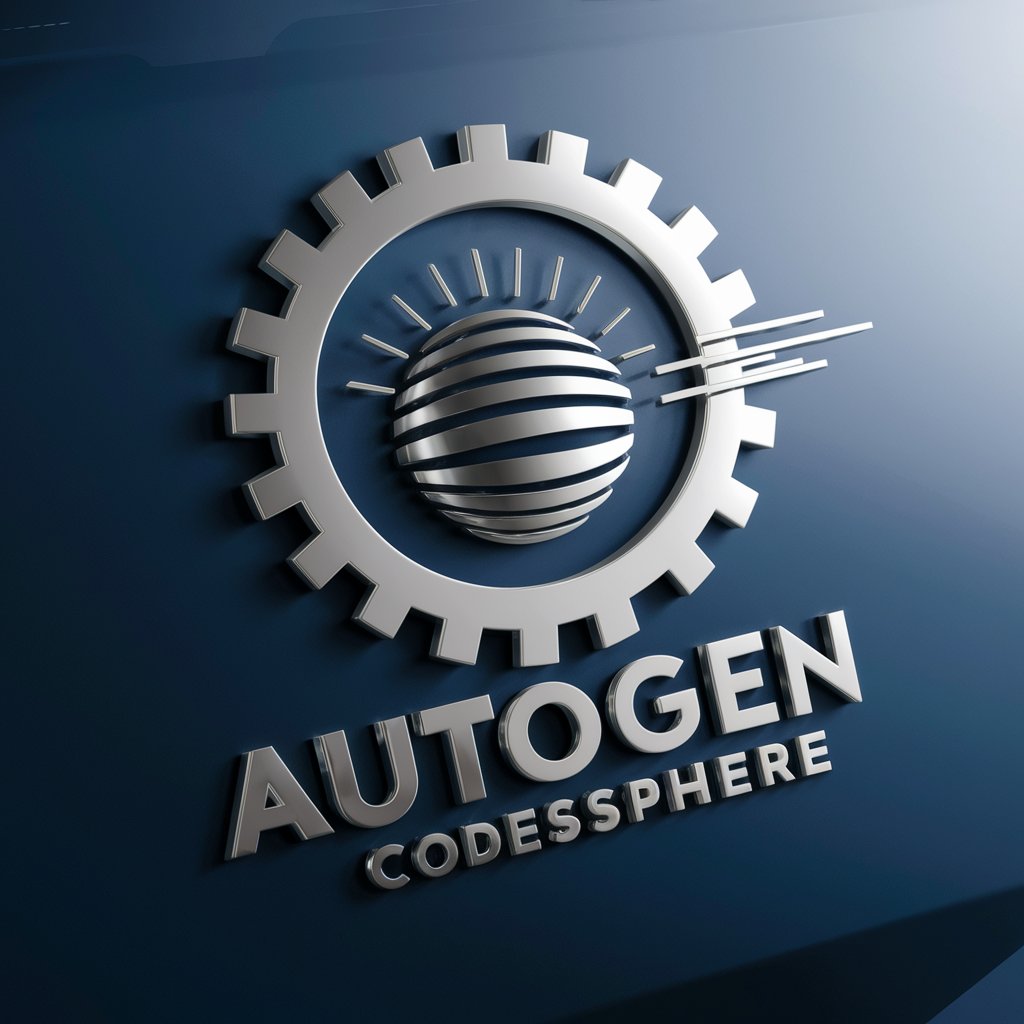
AutoGen microTools - Versatile Conversational AI

Welcome to the future of AI with AutoGen!
Powering Conversations with AI
Describe how AutoGen can revolutionize the development of AI applications by...
Explain the benefits of using customizable, conversable agents in AutoGen for...
Illustrate the process of programming flexible conversation patterns with AutoGen by...
Discuss the potential applications of AutoGen in various domains such as...
Get Embed Code
Introduction to AutoGen microTools
AutoGen microTools are part of the AutoGen framework, a versatile open-source platform designed to facilitate the creation of applications through the collaboration of conversable agents. These agents, configurable with a variety of capabilities, can include LLMs, human inputs, and other tools. They are programmed to interact through conversation, making it possible to assemble complex workflows from simpler components. A distinctive feature of AutoGen is its support for conversation programming, which simplifies defining agent interactions through dialogue-based scripts. An example of this is a scenario where agents collaboratively solve a math problem, beginning with one agent proposing a solution and another evaluating its feasibility or performing the calculation. Powered by ChatGPT-4o。

Main Functions of AutoGen microTools
Conversable Agents
Example
In a typical application, an LLM-backed assistant agent might generate a solution to a task and pass it to a user proxy agent for execution, which may include code execution or human feedback integration.
Scenario
A developer might use conversable agents to create an interactive tutoring system where one agent solves mathematical problems and another provides explanations or corrections based on user feedback.
Conversation Programming
Example
Developers can define interaction behaviors between agents to execute tasks dynamically as the conversation progresses, using both natural language and programming code.
Scenario
In a customer service application, agents could be programmed to handle inquiries by passing requests along a chain of agents; each specialized in a different aspect of customer service, such as billing, technical support, or sales.
Multi-Agent Collaboration
Example
Multiple agents can be configured to cooperate on complex tasks, leveraging their diverse capabilities to enhance overall problem-solving efficiency.
Scenario
In a research scenario, multiple agents could collaborate to gather data, analyze it, and generate reports. One agent could fetch data, another could analyze the data, and a third could compile findings into a comprehensive report.
Ideal Users of AutoGen microTools
Developers and Researchers
This group benefits from the framework's ability to streamline the development of complex applications involving LLMs. They can experiment with different agent capabilities and interaction modes to optimize performance and functionality in tasks such as coding, data analysis, and automated decision-making.
Educational Technology Professionals
Professionals in this field can use AutoGen to create interactive educational tools that provide personalized learning experiences. For example, conversable agents can simulate one-on-one tutoring sessions or facilitate group discussions and learning activities.
Customer Support Managers
Managers can implement AutoGen to develop advanced customer support systems where agents handle routine inquiries and escalate more complex issues to human operators, improving response times and customer satisfaction.

How to Use AutoGen microTools
Step 1
Visit yeschat.ai to start using AutoGen microTools with no signup and no ChatGPT Plus required.
Step 2
Choose the appropriate agent template from the library based on your application needs, such as coding, mathematical problem-solving, or dynamic multi-agent chats.
Step 3
Configure the agents by setting parameters like human input modes, code execution configurations, and LLM configuration according to the specific task requirements.
Step 4
Program the interactions between different agents using AutoGen's conversation programming paradigm to tailor the workflow to your application.
Step 5
Test the setup in a controlled environment to ensure agents interact as expected and make necessary adjustments based on the outcomes.
Try other advanced and practical GPTs
Dr. CoCo
Empowering legal professionals with AI-driven insights

GPTerson: Meaningful
Empower your thoughts with AI wisdom.
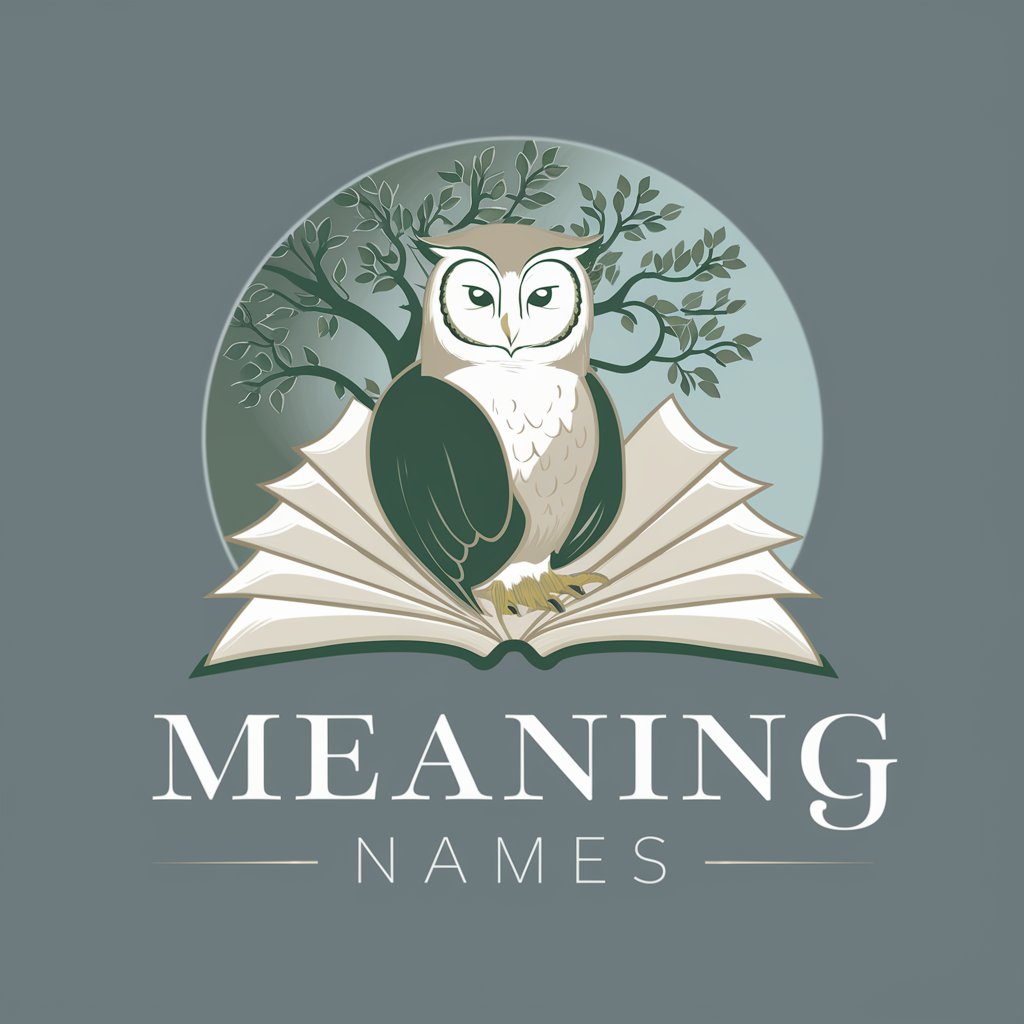
GPTerson: Bible Scholar
Enlightening Scripture with AI

Trendy Nelly
Master Trends with AI Insight

ALMOSTGODHIMSELF
Enhancing Insights with AI Power
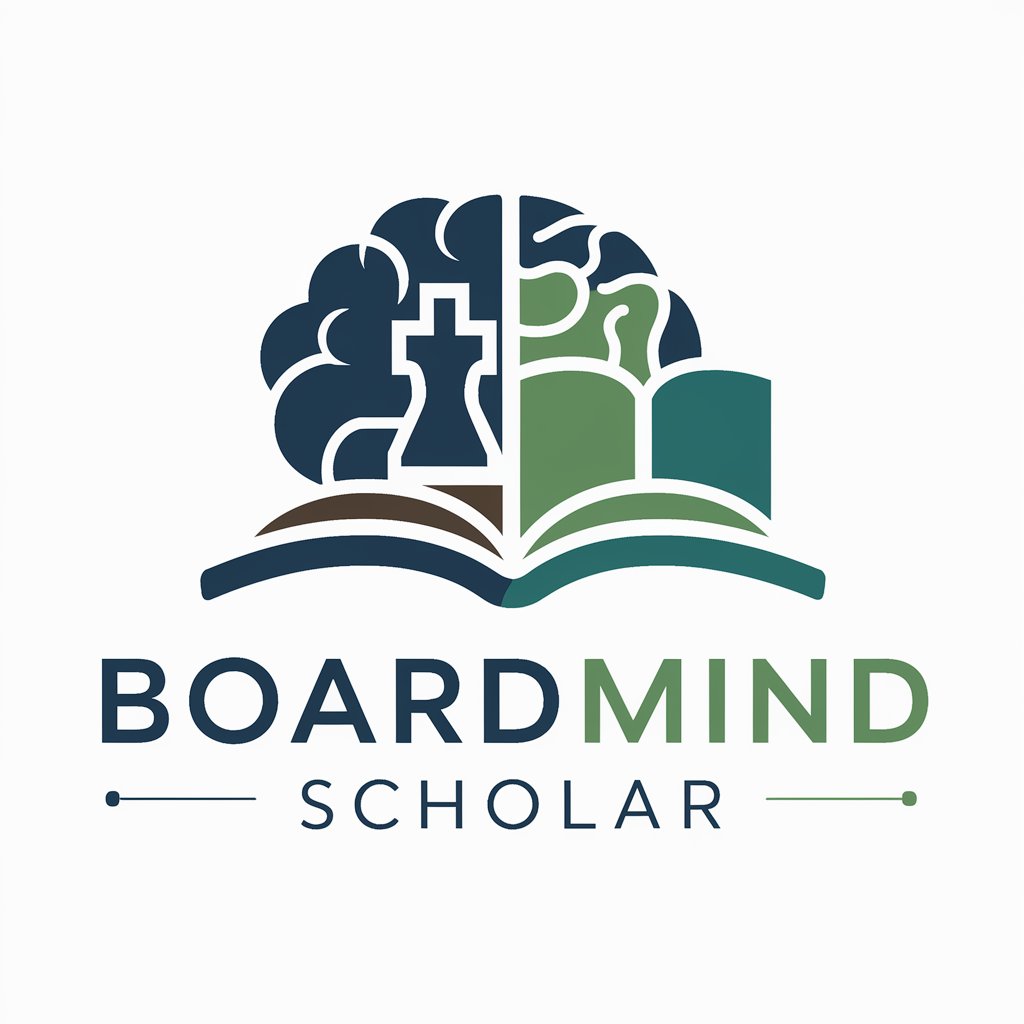
Punch Line
Crafting Humor with AI Power

Auto mAiker
Crafting Intelligent Applications Made Easy
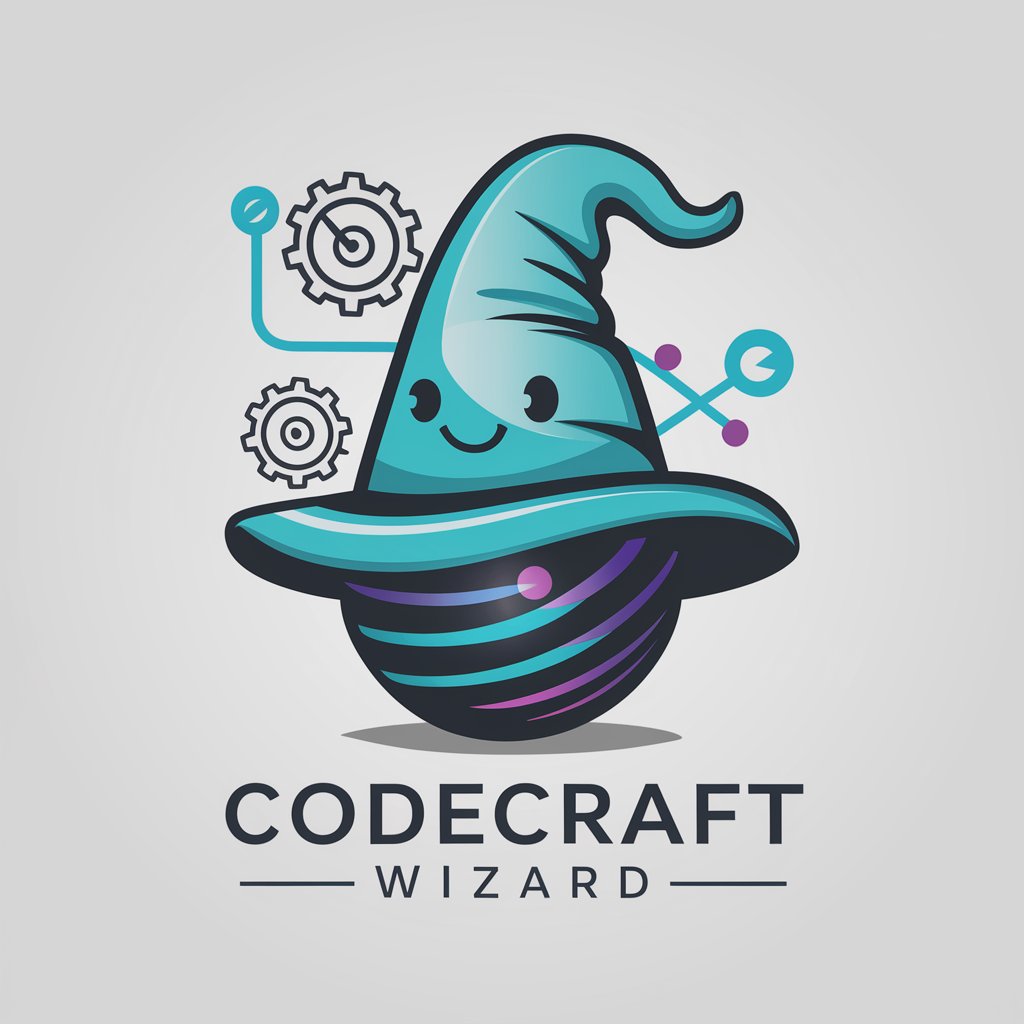
CARLA
Decoding Law with AI
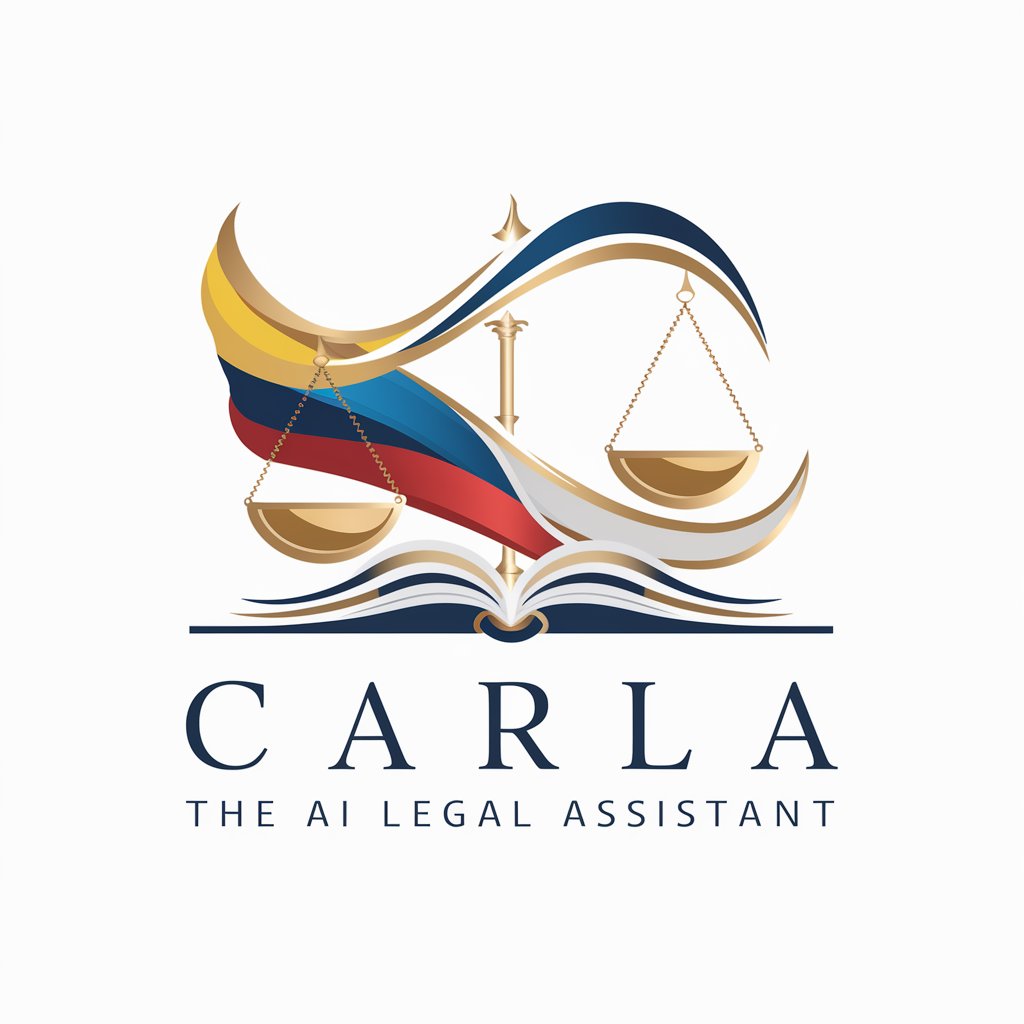
LearnMAIster
Empowering AI education with multilingual support
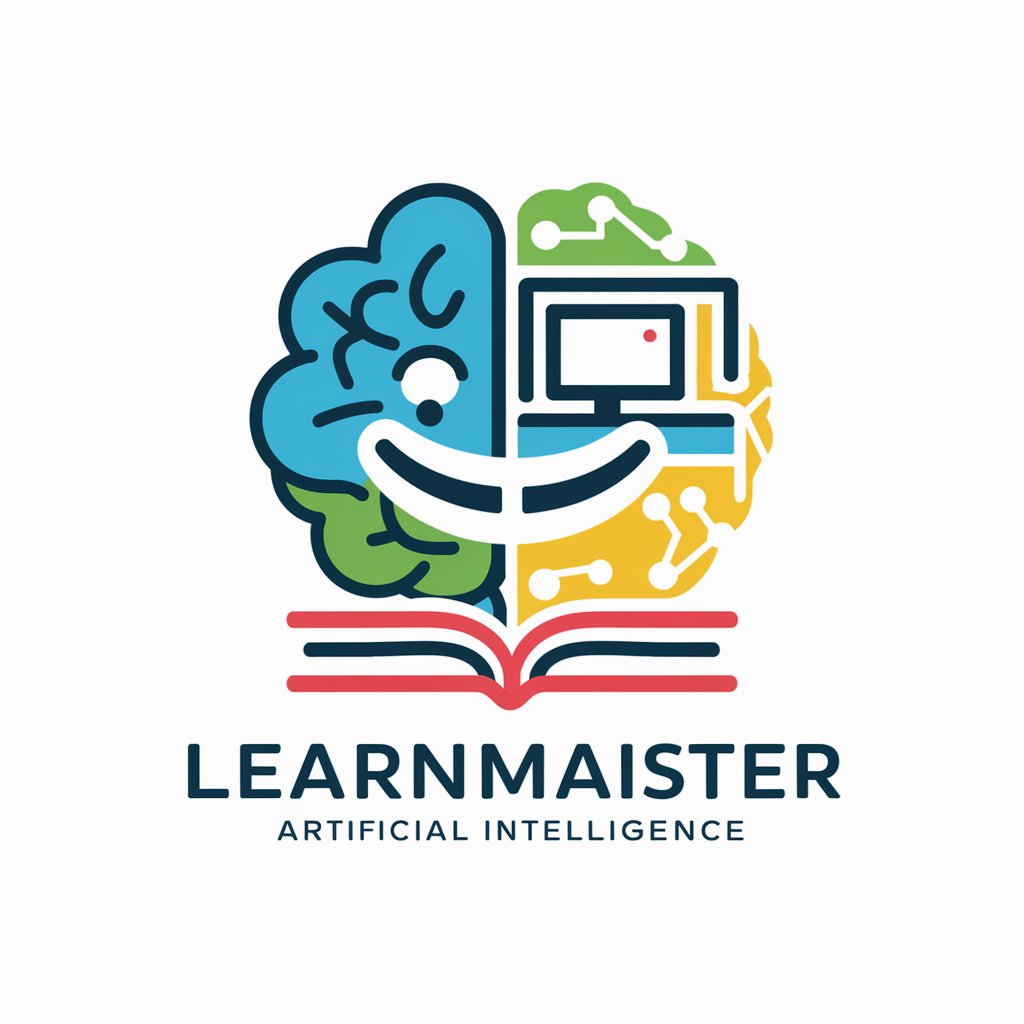
Newsy: Sam
Revolutionizing News with AI
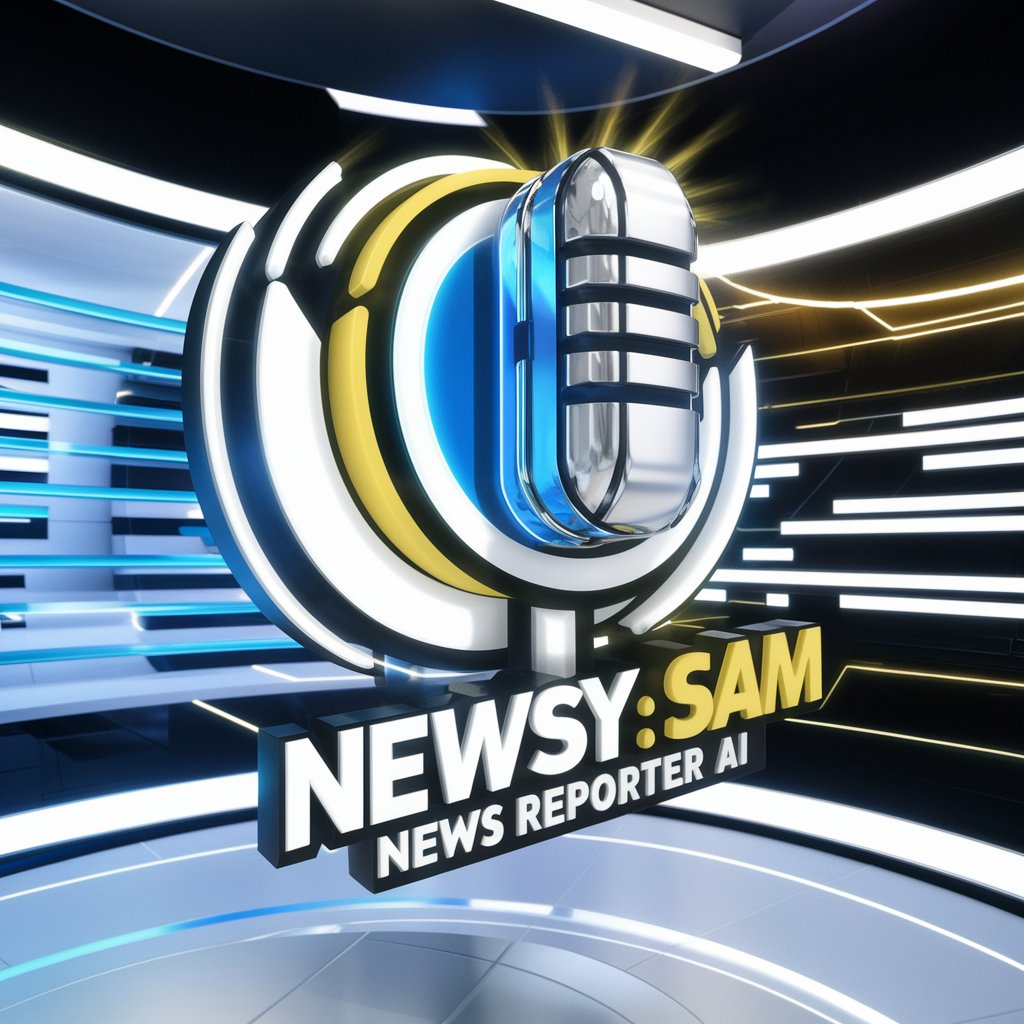
Pythonic Prodigy
Empower Your Code with AI
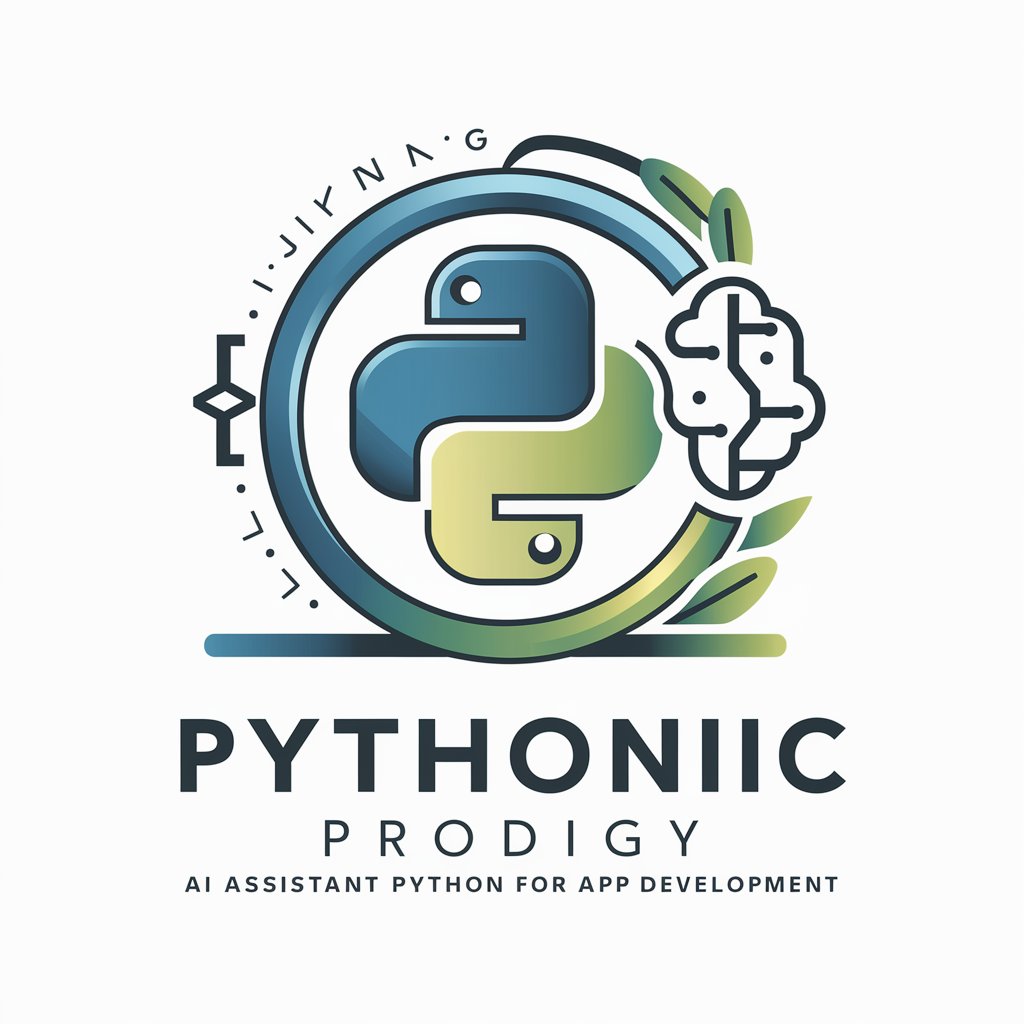
TaskWeaver microTools
Empower AI with Code Generation

Frequently Asked Questions about AutoGen microTools
What is AutoGen microTools?
AutoGen microTools is an open-source framework designed for creating conversational agents that can interact and collaborate to solve complex tasks using Large Language Models (LLMs).
How can AutoGen microTools be used in educational settings?
In education, AutoGen microTools can be used to develop interactive tutoring systems, where different agents can assist students in solving problems or understanding complex concepts through dialogue.
Can AutoGen handle multiple agents simultaneously?
Yes, one of the core capabilities of AutoGen is managing multi-agent conversations, allowing agents with different roles and skills to collaborate and solve tasks together.
Is programming knowledge required to use AutoGen microTools?
While basic programming knowledge can enhance the customization capabilities of AutoGen, the framework also supports configuring agents and their interactions through intuitive conversation programming techniques.
How does AutoGen ensure the effectiveness of its agents?
AutoGen allows extensive customization and testing of agent capabilities, supports dynamic conversation flow, and includes features like error handling and feedback loops to enhance agent effectiveness.
